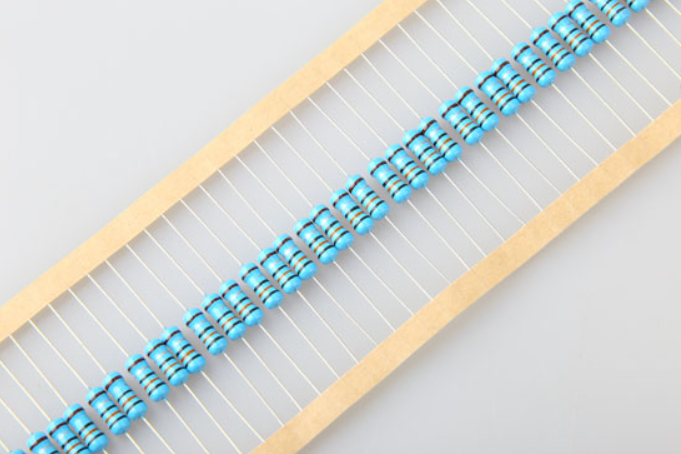When the parameter mark of the resistor falls off for some reason or the precise resistance value is not known, it is necessary to measure it with an instrument. The resistance value of commonly used carbon film, metal film resistors and wire-wound resistors can be directly measured with the resistance profile of an ordinary pointer multimeter. The following points should be paid attention to in the specific measurement:

Choose the range reasonably. First, set the multimeter function selection to the "Ω" file. Because the resistance scale of the pointer multimeter is a non-uniform scale line, it is necessary to select a suitable range so that the indicated value of the measured resistance is located at 0 of the scale line as much as possible. The scale line is at this position of 2/3 of the whole process, which can improve the accuracy of measurement. For resistors with hundreds of kiloohms, the X10K file should be selected for measurement.
Pay attention to zero adjustment. The so-called "zero adjustment" is to short-circuit the two test leads of the meter, and adjust the "zero adjustment" knob to make the pointer point to the "0Ω" position on the dial.
Second, the thermistor test
At present, negative temperature coefficient thermistors are widely used in circuits. To judge the performance of the thermistor, you can pinch the thermistor with your fingers while measuring its resistance to increase its temperature, or use an electric soldering iron to heat it (be careful not to let the electric soldering iron touch the resistance器). If its resistance value decreases with the increase of temperature, it indicates that its performance is good: if it does not change or changes very little with temperature, it indicates that its performance is poor or damaged.
Third, the potentiometer test
Test requirements: The total resistance of the potentiometer should meet the marked value, the center sliding end of the potentiometer should be in good contact with the resistor body, the dynamic noise and static noise should be as small as possible, and the switch should be accurate and reliable.
Detection method: first measure the total resistance of the potentiometer, that is, the resistance between the two end pieces should be the nominal value, and then measure the contact between its center end piece and the resistor body. Connect one test lead to the center welding piece of the potentiometer, and the other test lead to any one of the other two end pieces. Slowly rotate its handle from one extreme position to the other extreme position, and its resistance value should be zero ( Or nominal value) continuously changes to the nominal value (or zero).